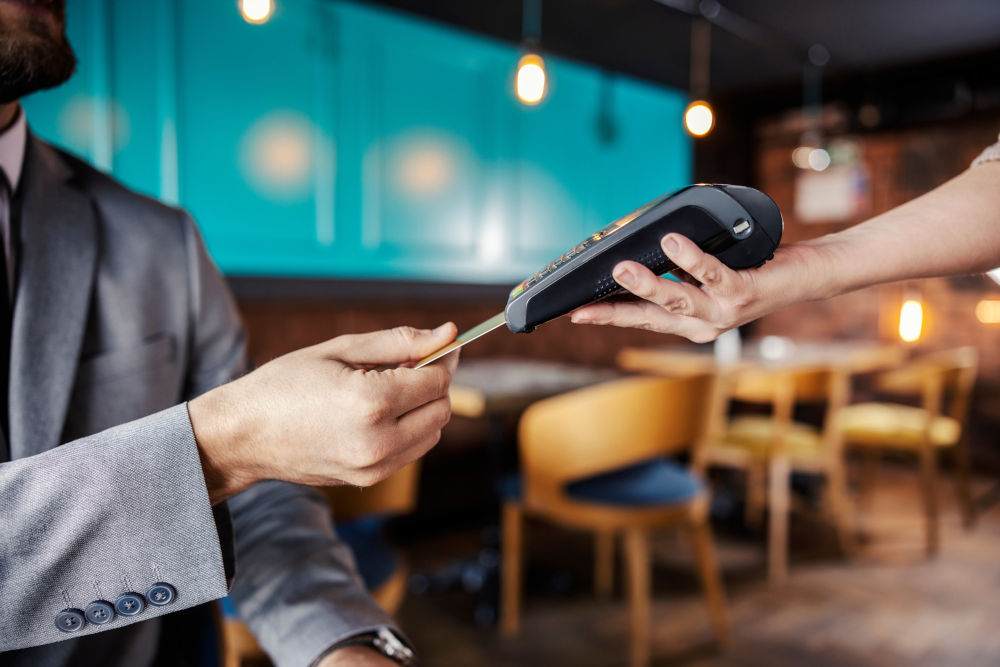Integrating a payment terminal with your Point of Sale (POS) system is an essential step in optimising your business operations. A seamless integration offers numerous advantages, from reducing transaction times to improving accuracy in financial reporting. Whether you run a small café, a bustling retail store, or a growing e-commerce enterprise, ensuring that your POS system works efficiently with your payment terminal can be the key to streamlining your workflow. In this blog post, we will explore the benefits of this integration, common challenges you might face, and some best practices for optimising performance.
Why Integrating Payment Terminals Matters
Integrating payment terminals with your POS system is not just a convenience; it’s a necessity in today’s fast-paced, technology-driven business world. Customers expect swift, secure, and reliable payment processes. If your POS system cannot handle modern payment methods, such as contactless or mobile payments, you risk falling behind your competitors.
The benefits of integration include:
- Faster Transactions: With integrated systems, you avoid the need for manually entering transaction amounts into a payment terminal, reducing the chance of human error and speeding up the process. In busy retail environments, where every second counts, faster transactions mean better customer service.
- Improved Accuracy: Manual data entry between the POS and the payment terminal can lead to costly mistakes. By integrating your systems, the transaction amount is automatically sent from the POS to the payment terminal, ensuring accurate payments every time.
- Better Reporting: Integrated systems provide detailed reports that combine sales data with transaction information. This can help in understanding your business’s financial health more clearly, identifying trends, and making informed decisions.
- Enhanced Security: When payment terminals are integrated with the POS, sensitive customer information such as credit card details are handled more securely. Many systems are compliant with industry standards, ensuring that your business meets regulatory requirements for secure payments.
Key Features to Look for in Payment Terminals
When choosing a payment terminal to integrate with your POS system, several key features can make the difference between a smooth operation and a frustrating experience.
First and foremost, you need a terminal that accepts a variety of payment methods, including credit and debit cards, contactless payments, and mobile wallets. For example, card readers that accept EMV chip cards, magnetic stripe cards, and NFC payments provide flexibility, ensuring you can cater to all customer preferences.
Next, consider portability. Modern businesses, especially those that provide services on the go or operate in dynamic environments, need portable payment solutions. Mobile card readers that integrate seamlessly with your POS system allow you to take payments from anywhere within your store—or even outside of it.
Another essential feature is a touchscreen display. Payment terminals with easy-to-use touchscreens enable faster input, easier navigation, and better overall usability, both for employees and customers.
Finally, make sure that your terminal is PCI compliant to ensure the highest level of payment security. PCI compliance is critical in protecting both your customers’ data and your business from potential security breaches.
Common Challenges and How to Overcome Them
While the advantages of integrating payment terminals with your POS system are clear, the process is not always without challenges. Below are some of the most common obstacles and how you can address them.
Compatibility Issues
One of the main issues businesses face when integrating payment terminals with their POS system is compatibility. Not all payment terminals work with every POS system, and finding one that works with your existing infrastructure can be a headache. To avoid this issue, check with your POS provider to see which terminals they recommend.
Moreover, consider investing in a system like Clover Flex, which is designed to integrate effortlessly with various POS platforms. Clover Flex is a versatile solution, offering flexibility and compatibility with both brick-and-mortar and mobile businesses. This ensures that your payment system adapts to your specific operational needs.
Security Concerns
Payment security is a top priority for any business. With increasing rates of cybercrime, ensuring that your payment terminals and POS systems are secure is vital. Many businesses worry about integrating systems because it can potentially expose them to vulnerabilities. To mitigate these concerns, look for payment terminals that are EMV and PCI compliant. These certifications guarantee that your system meets the latest security standards, keeping your business and customers safe.
Training Staff
Introducing new technology into your workflow can be a learning curve for staff members. Complex systems may lead to frustration, which can affect customer service. To prevent this, opt for user-friendly payment terminals and POS systems with intuitive interfaces and easy-to-follow instructions. Offering thorough training for employees before launching new payment systems can also ensure a smooth transition.
